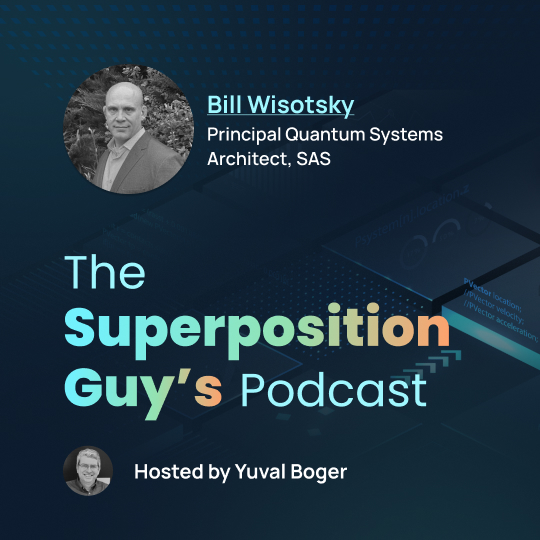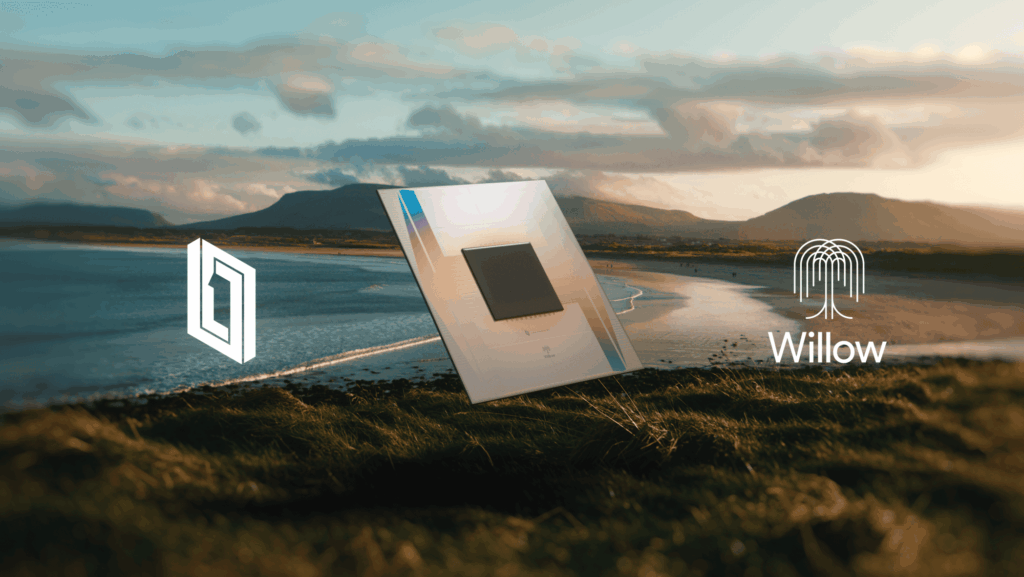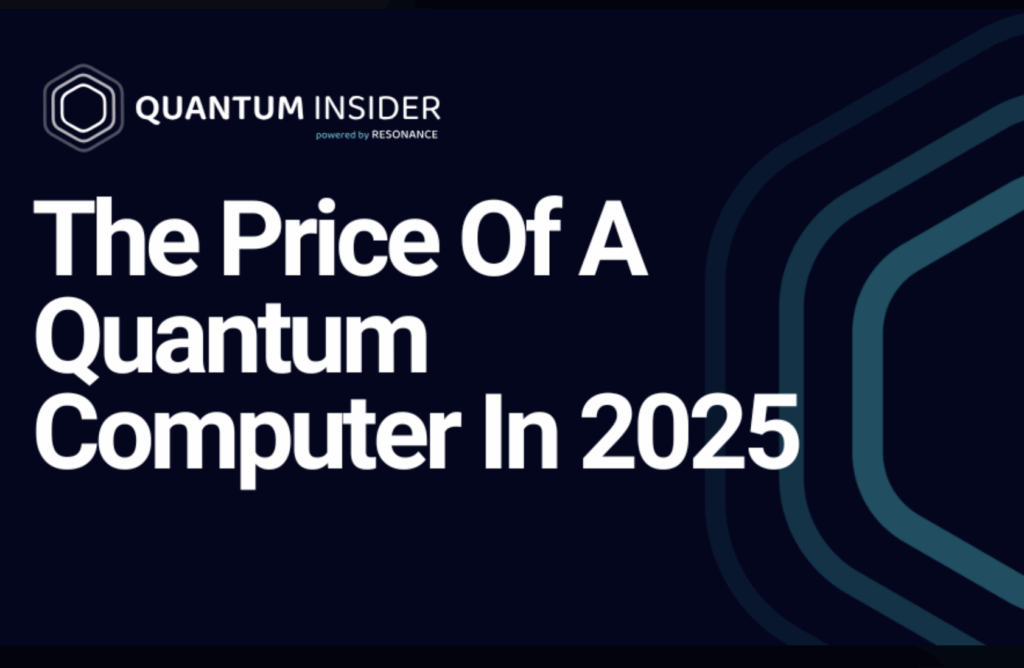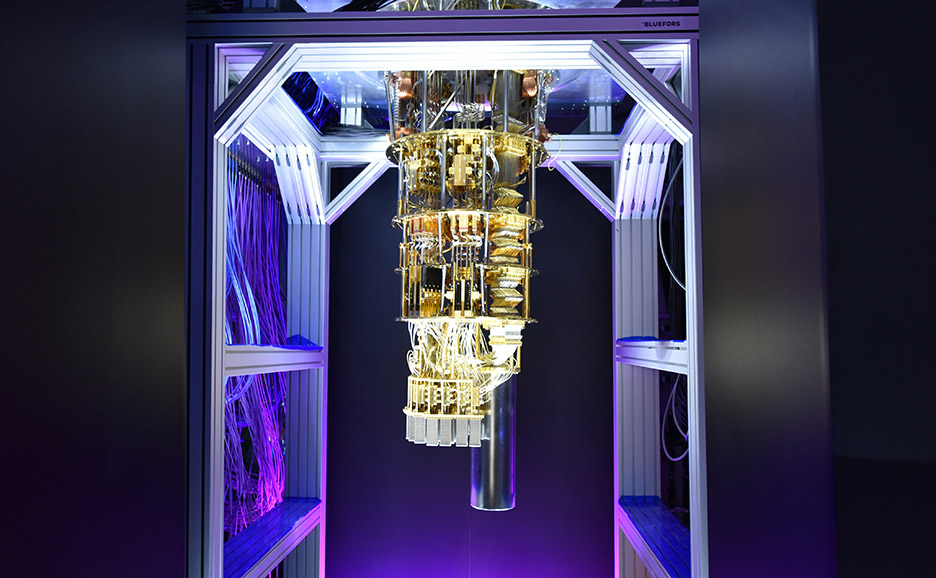Insider Brief:
- IBM and researchers from 28 other institutions introduced the “V-score,” a new metric published in Science, to benchmark and compare quantum and classical algorithms for solving ground state problems.
- The V-score measures accuracy and variance, helping determine if and at what point quantum algorithms outperform classical methods.
- Ground state problems involve finding the lowest energy state of quantum systems, a challenging task for classical computers due to the complexity of quantum interactions. Variational methods are commonly used for these problems.
Accurately assessing quantum algorithms is a challenge in defining quantum advantage, particularly when solving complex problems like determining the ground state of quantum systems. In a recent blog post, IBM references a new study, published in Science by researchers from 29 institutions including IBM, that defines a new metric called the “V-score.” This metric is intended to assist researchers benchmark and compare different computational methods, including quantum algorithms, for solving ground state problems—a class of problems relevant to fields such as high-energy physics, chemistry, and materials science.
Understanding Quantum Advantage and the Relation to Ground State Problems
The term “quantum advantage” refers to a quantum computer’s ability to outperform classical computing in solving certain tasks. Quantum advantage isn’t simply about completing a task faster one time but involves demonstrating improvements in accuracy, runtime, or computational cost in a sustained manner. According to the study, the V-score could help determine when quantum computers provide a real advantage for solving specific ground state problems by measuring the performance of algorithms in terms of accuracy, runtime, and cost.

Ground state problems, in which researchers seek to find the lowest-energy state (or ground state) of a quantum system, are common across many areas of quantum research. According to the post, these problems are particularly hard for classical computers to solve due to the complex nature of quantum systems and their interactions. Variational methods—algorithms that approximate the ground state by gradually refining a solution—are commonly used to solve these problems.
As noted in the study, solving ground state problems is essential for understanding phenomena such as superconductivity and chemical reactions. The V-score was designed to provide an objective metric that benchmarks algorithms solving these problems by considering both the accuracy and variance of the computed energy.
The Development of the V-Score
The researchers behind this study sought to define an accuracy metric that could compare quantum and classical algorithms across different ground state problems. By calculating the energy and its variance for a given algorithm, the V-score offers a measure of how well an algorithm approximates the ground state for a variety of quantum systems, regardless of system size or interaction complexity.
The study highlights the comprehensive testing of the V-score against the largest set of local Hamiltonian problems to date, offering a robust validation of its use. According to the authors, the V-score demonstrated a strong correlation with the computational hardness of different problems, providing a key insight into which ground state problems are likely to be the hardest for classical algorithms and therefore the best candidates for quantum advantage.
A Tool for the Future of Quantum Advantage
For quantum computing practitioners, the introduction of the V-score has several important implications, as highlighted in the post. First, it enables the benchmarking of classical algorithms, helping researchers identify the most computationally challenging ground state problems where quantum computing could have the greatest impact. This helps to focus quantum algorithm development on areas with the highest potential for quantum advantage.
Second, the V-score offers a way to assess quantum algorithms in scenarios where classical verification is difficult or impossible. According to the researchers, this is necessary for understanding how well quantum algorithms perform in the absence of direct classical comparison, a key consideration as quantum technology continues to progress.
As new quantum algorithms emerge, the V-score can be used to evaluate their output quality and determine whether they offer a true quantum advantage over classical methods. This metric offers researchers and algorithm developers a concrete way to assess progress in the field quantitatively.
The 29 contributing institutions on the study include the EPFL Computational Quantum Science Lab, Sorbonne Université, University of Zurich, Università di Trieste, Flatiron Institute, Vector Institute, Goethe-Universität, Collège de France, CNRS École Polytechnique, Université de Genève, University of Waterloo, Toyota Physical and Chemical Research Institute, Waseda University, Sophia University, Paul Scherrer Institute (PSI), IBM Quantum., Columbia University, New York University, Keio University, Université Paris-Saclay, University of Tokyo, University of California Irvine, International School for Advanced Studies (SISSA), Politecnico di Torino, Chinese Academy of Sciences, Max Planck Institute, and the College of William and Mary.

















